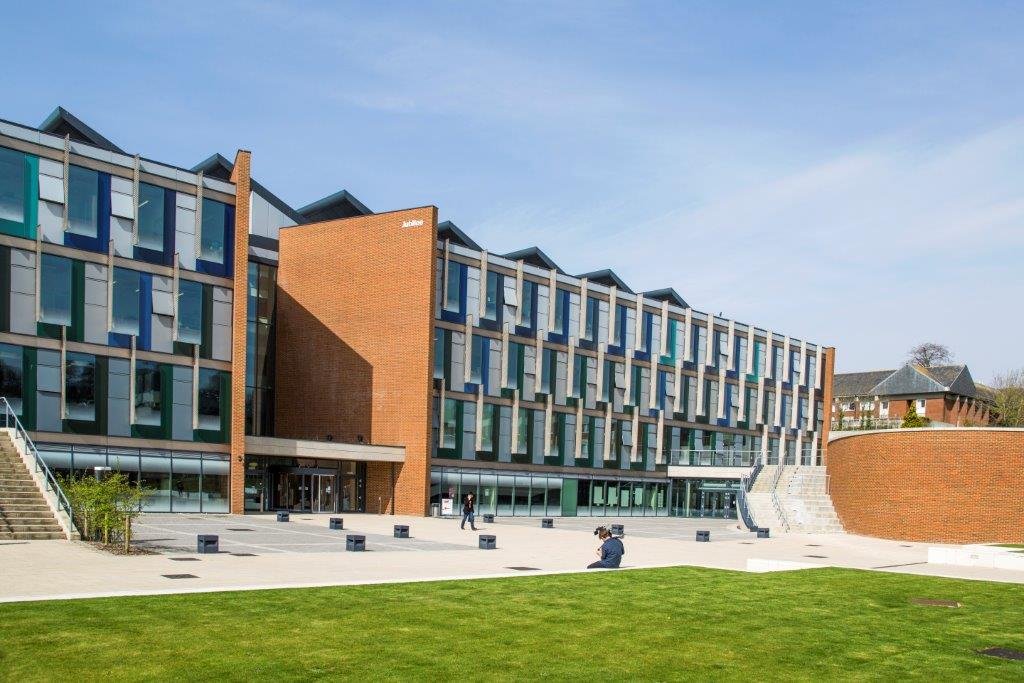he university was founded with the unusual structure of "Schools of Study" (ubiquitously abbreviated to "schools") rather than traditional university departments within arts and science faculties.
In the early 1990s, the university promoted the system by claiming "[c]lusters of faculty [come] together within schools to pursue new areas of intellectual enquiry. The schools also foster broader intellectual links. Physics with Management Studies, Science and Engineering with European Studies, Economics with Mathematics all reach beyond conventional Arts/Science divisions."[42] By this time the original schools had been developed somewhat and were:

There was also the Institute of Development Studies (IDS). This is still located on Sussex's campus, but is now a separate institution.
In 2001, as the university celebrated its 40th anniversary, the then Vice-Chancellor Alasdair Smith proposed major changes to the curriculum across the "Arts schools", and the senate agreed to structural changes which would create two Arts schools and a "Sussex Institute" in place of the five schools then in place. Corresponding changes would be made in Sciences.[43]
The changes were finally implemented in September 2003.[44] After discussion in senate and the schools, disciplinary departments which had been located across the different schools, were located firmly within one school, and undergraduates were offered straightforward degree subjects. The multi-disciplinarity provided by the school courses was now to be achieved through elective courses from other departments and schools.
In 2009 the university adopted a new organisational structure. The term "Schools of Studies" was retained, but each was headed by a "Head of School" rather than the traditional "Dean".
In 2020 the School of English, School of History, Art History and Philosophy, and School of Media, Film and Music were merged to create the School of Media, Arts and Humanities.[45]
The schools as of 2020 are listed below.[46]
The term "department" has been retained in some cases, where a school contains separate disciplines.
None of these changes have affected the Brighton and Sussex Medical School (BSMS).
The Doctoral School supports PhD student and Post-docs across all schools and departments and supports PhD students and Post-Docs through the Sussex Research hive, the Researcher Development Program, funding schemes as well as its own partnerships.[49]
